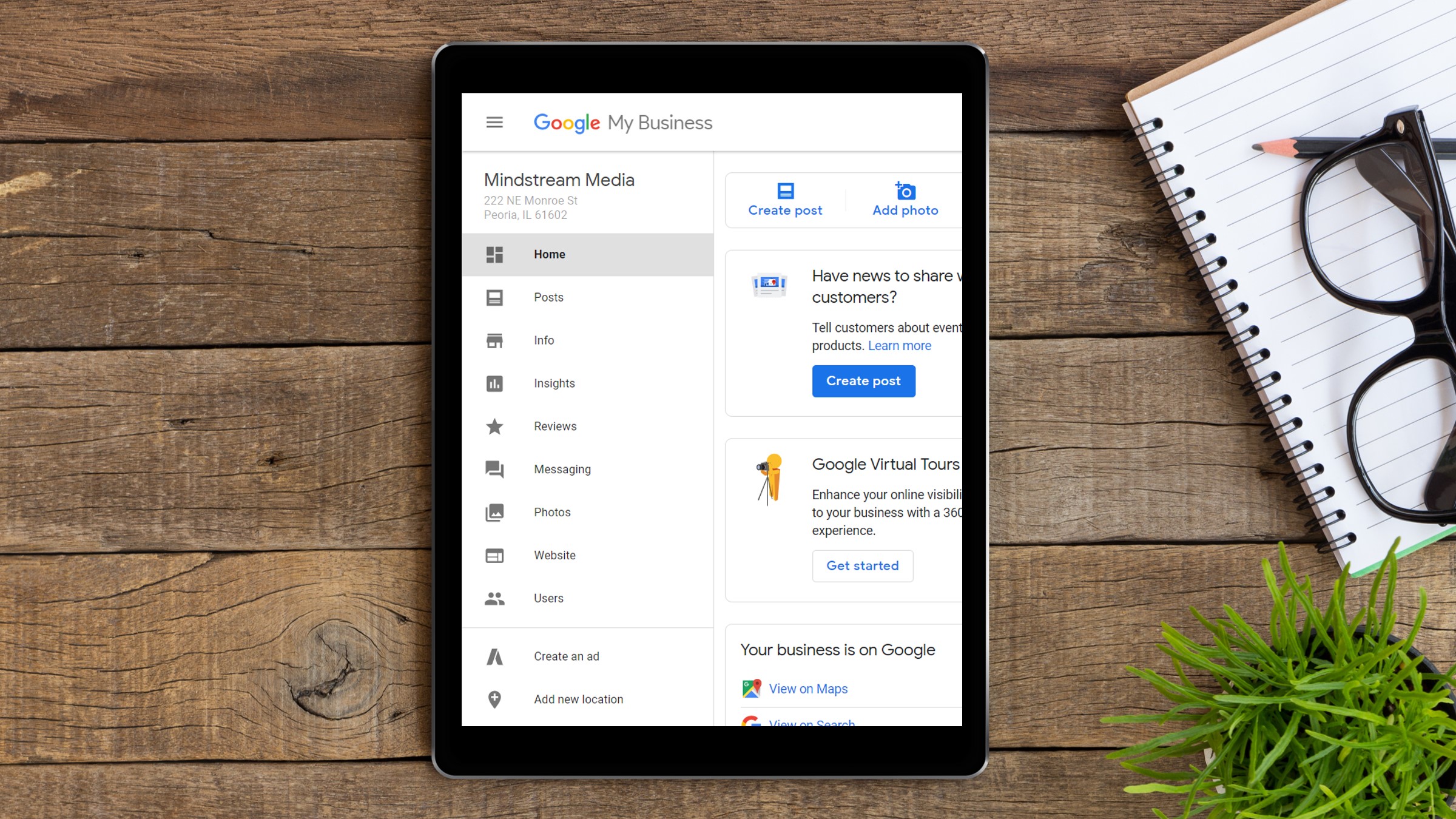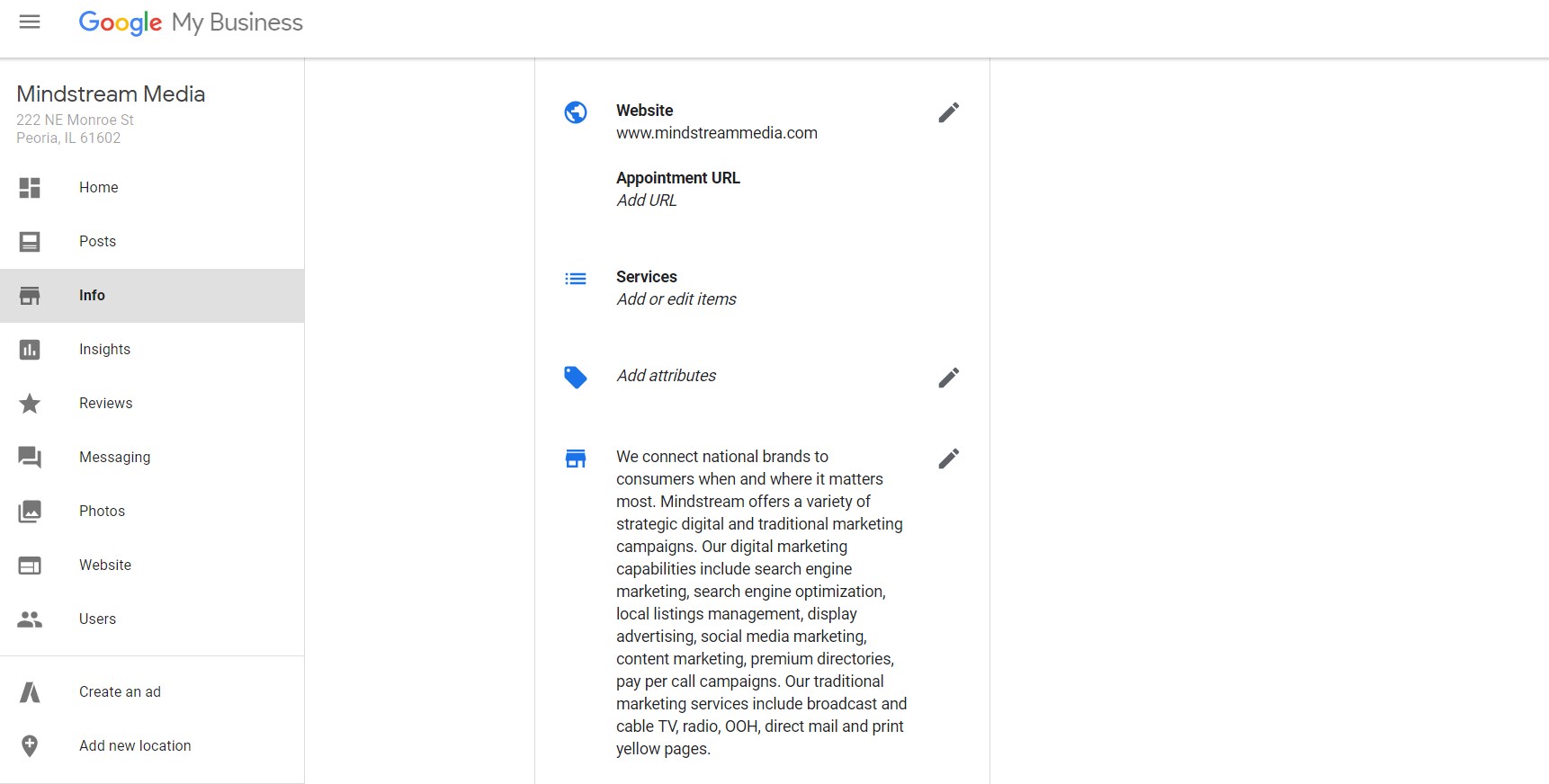The 2019 Search Marketing Expo (SMX) West was held in San Jose, CA at the end of January. The conference is known for touching on some of the hottest topics in search engine marketing (SEM), search engine optimization (SEO) and local search.
This year, some of the top minds in local search gave presentations to help multi-location brands and local businesses understand what it takes to improve their online presence. If you couldn’t make the conference, here’s a recap of a few of the biggest takeaways to guide marketers’ local search strategies for 2019 and beyond.
The most important local search ranking factor
The New Realities of Local Search session was particularly interesting as it broke down the main factors digital marketers need to consider in 2019 and how these have evolved over the years.
According to the most recent release of Moz’s Local Search Ranking Factors, Google My Business (GMB) signals are the most important ranking factor in local pack results (the map results that typically display toward the top of local search results). The significance of GMB signals increased to 25 percent in Moz’s latest survey, nine points ahead of the second most important factor.
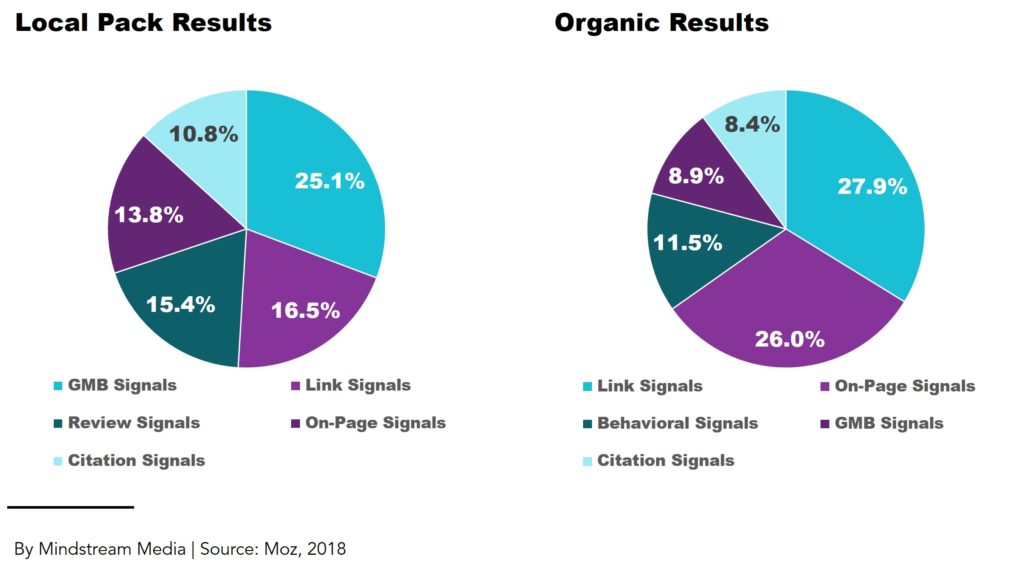
New ways to optimize GMB signals
GMB signals include several factors local businesses can control – like proper category association and including keywords in your business title – as well as some you can’t – like proximity to the searcher. Google has spent the last year adding more GMB features that local business can control as part of an aggressive growth strategy for the product.
As we mentioned last year, Google does not want GMB to be a static product. Google’s goal for GMB is to drive user engagement, and they’ve released or improved several features to help brands engage with local consumers. Here’s a look at a few features to help enhance your local search presence.
Google Posts
Recently, many in the industry have been skeptical about the reduced visibility of brands’ Google Posts. And many local businesses don’t even know about posts. If you’re still unclear, here’s how Google describes Posts:
Posting through Google My Business lets you publish your events, products, and services directly to Google Search and Maps. By creating posts, you can place your timely text, video or photo content in front of customers when they find your business listing on Google.
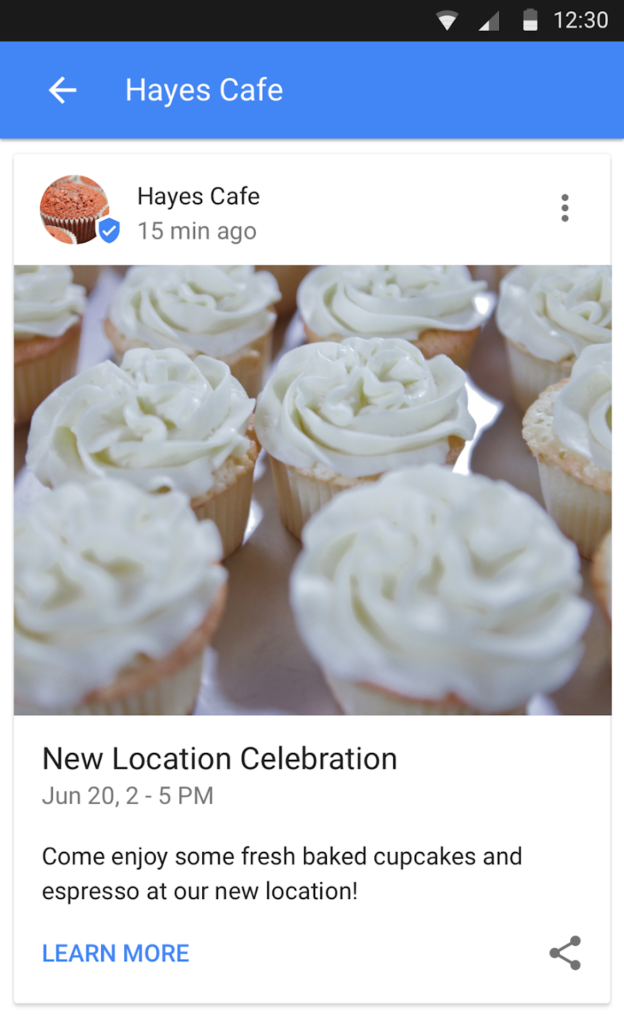
The main purpose of Google Posts isn’t necessarily to drive clicks, it’s more about gaining visibility in the local pack from consistent posting (although driving consumer engagement is a nice added benefit).
Google Q&A
Many brands are failing at monitoring and responding to questions in the Q&A section of their GMB profile, which is a big missed opportunity. At SMX West, Dana DiTomaso suggested possibly adding your own questions and answers that will offer useful information to the consumer. If you’re not sure what types of questions to add to this section, I suggest exporting a search query report from Google Ads and look for the most common questions consumers ask about your business.
Reviews
The importance of review signals is on the rise – increasing almost 18 percent since Moz’s 2017 local search rankings. Mentions of specific services or products help promote your business and assist consumers looking at your reviews to make buying decisions. While I don’t recommend aggressively soliciting reviews, any business with a local presence should have a program in place that helps you encourage, monitor and respond to feedback from consumers.
Paid Local
For a comprehensive local presence, brands should consider paid search ads. Implementing a paid search strategy allows your brand to conquer more real estate in search results and appear in local, organic and paid results.
There are plenty of advertising features that are perfect for local businesses and multi-location brands. Here are a few tips to get you started:
- Use every possible Google Ads extension like location extensions, callout extensions and call extensions to encourage online and off-line conversions
- Use location-based (geographic) keywords in your ad copy
- Implement pilots, or small tests, to identify which advertising campaigns work best for your brand before making a meaningful ad buy
- Leverage “pin ads” on competitor locations for awareness and conquesting
Fighting local search spam
In another SMX West session, Conrad Saam discussed several ways businesses try to trick Google with tactics like photoshopped images, keyword-stuffed business names and fake reviews. For example, because data shows that consumers favor attorneys with offices near them, attorneys without physical locations provide spoofed information to Google to have their listing show as a physical location.
It’s crucial for brands with a local presence to fight back hard against these spamming techniques. If you experience local search spamming, there are a few ways to address the issue (Saam cautions to do so as anonymously as possible):
- Report false addresses as spam on Google Maps
- Suggest an edit to keyword-stuffed business names
- Flag fake reviews on Google
Local search is as important as ever
Organic marketing efforts like local search optimization often take a back seat to paid media efforts. Local SEO is, however, a foundational component of any digital marketing strategy for multi-location brands and local businesses. If your brand needs help getting started, contact Mindstream Media Group today to learn how we crush the local search game for tens of thousands of locations across the country.

![[FEBRUARY 2019] SMX Recap: Emerging Local Search Trends You Need to Know](https://mindstreammediagroup.com/wp-content/uploads/2019/02/Local-search-16x9-1.jpg)

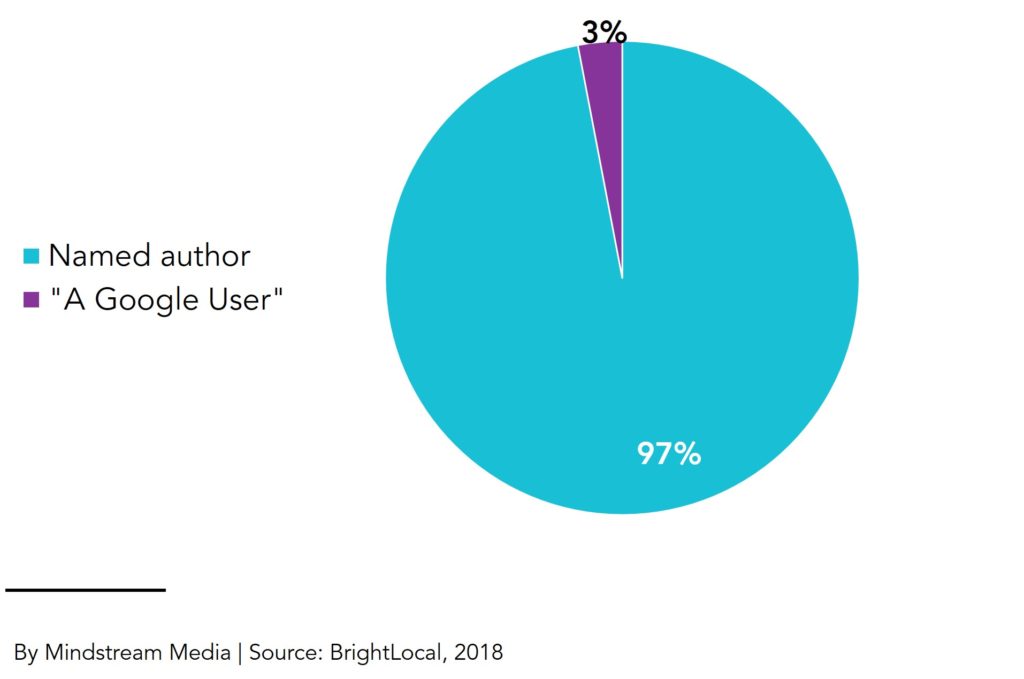
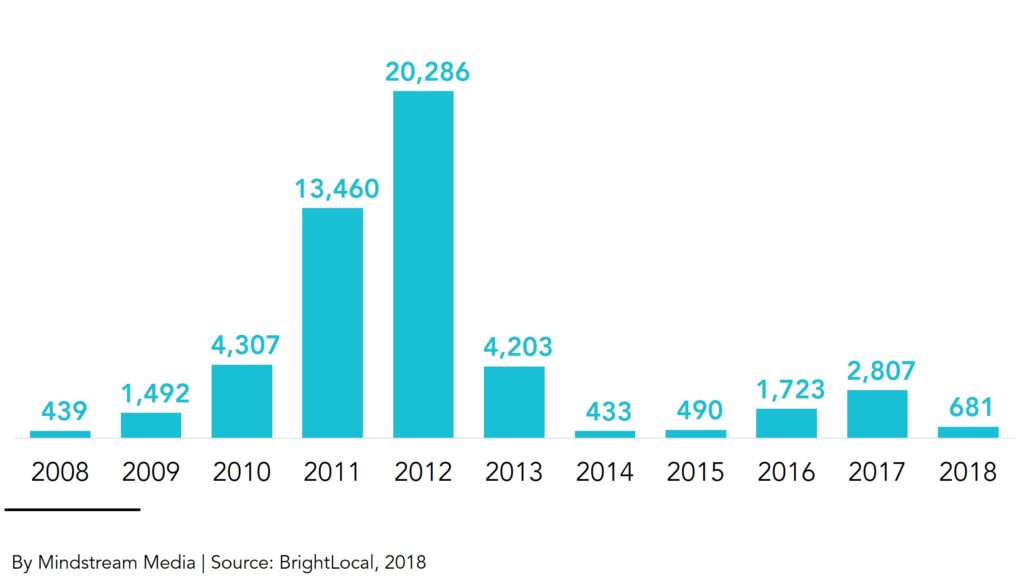
![[MAY 2018] Google Local Search News: The Latest Updates to Google My Business and Maps](https://mindstreammediagroup.com/wp-content/uploads/2017/06/Google.jpg)
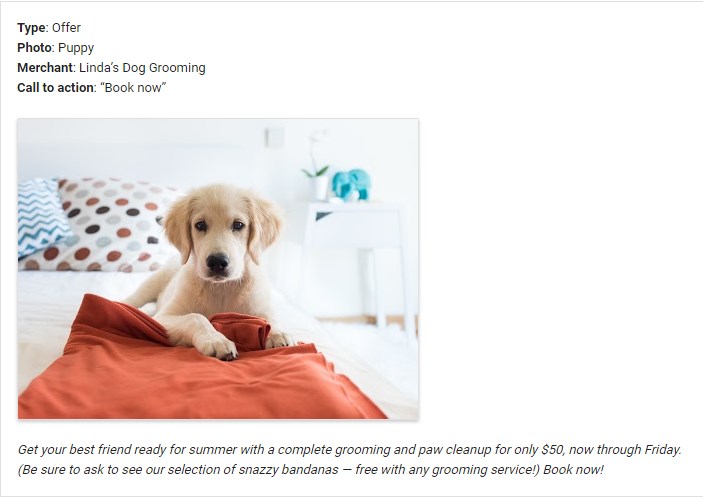
 Image source: Google
Image source: Google

 Here are some of the most important Owned Media assets for franchise brands.
Here are some of the most important Owned Media assets for franchise brands.




